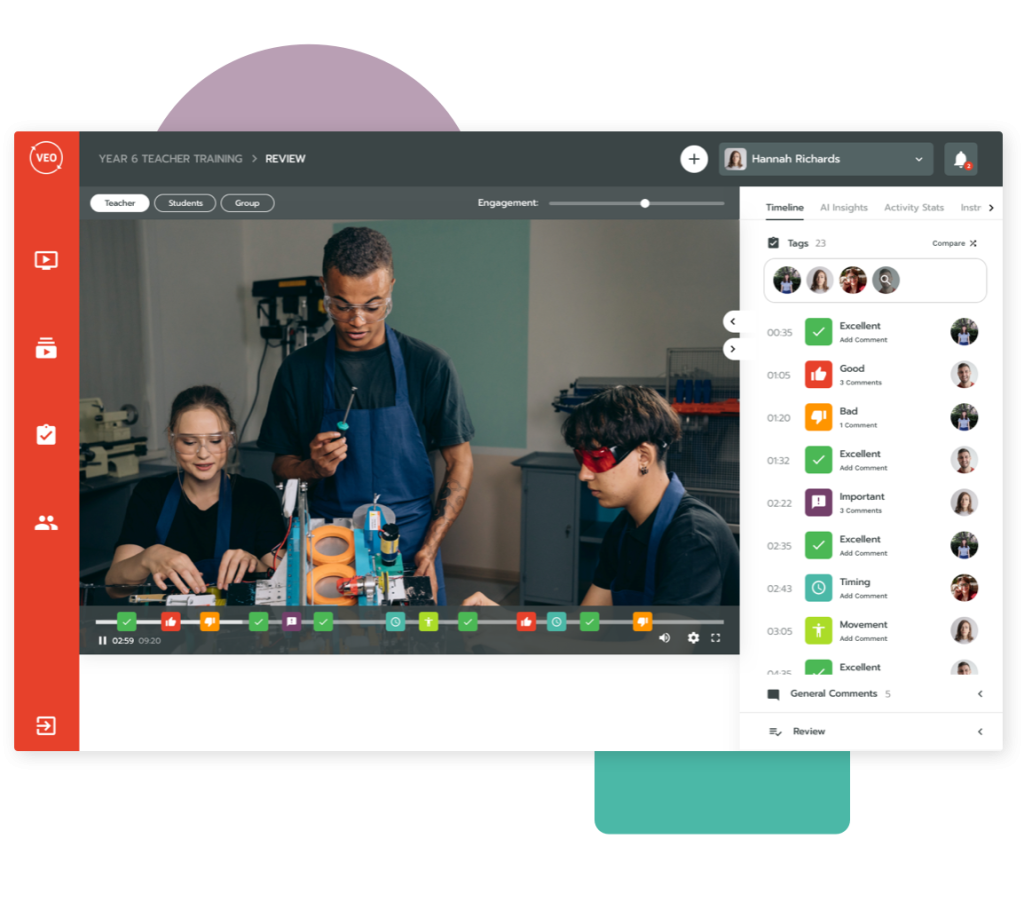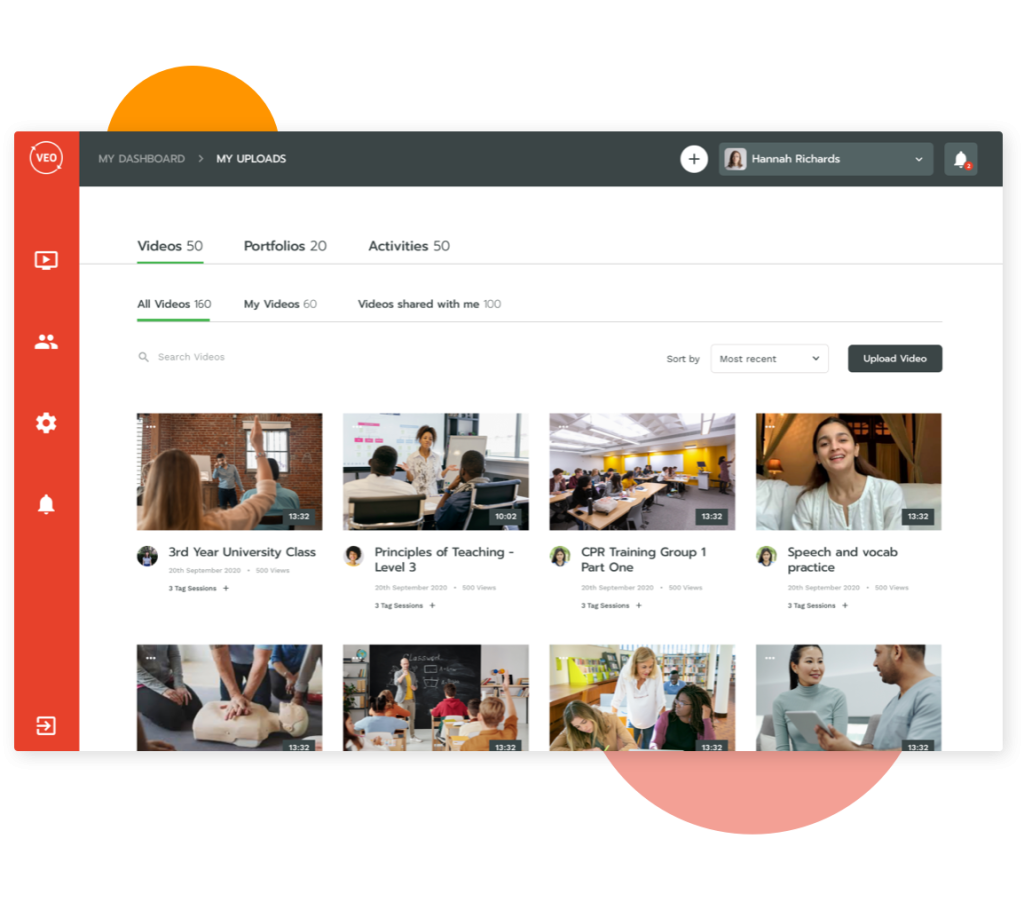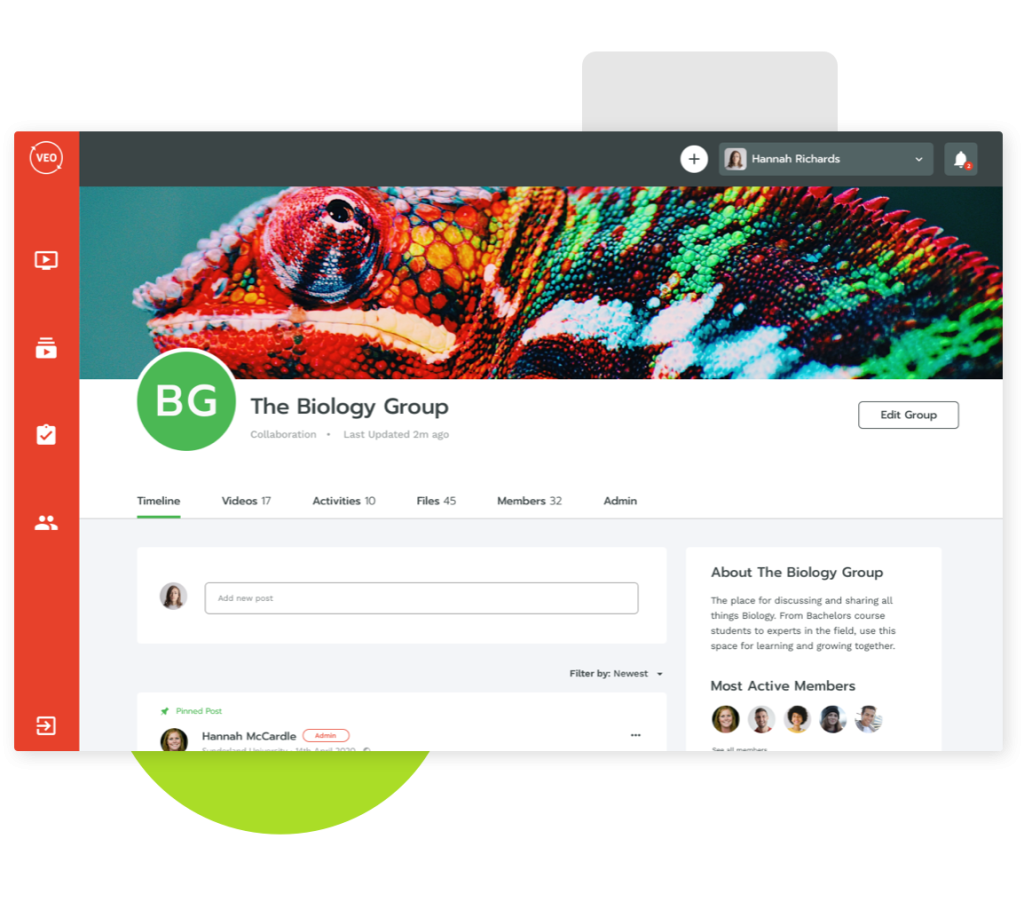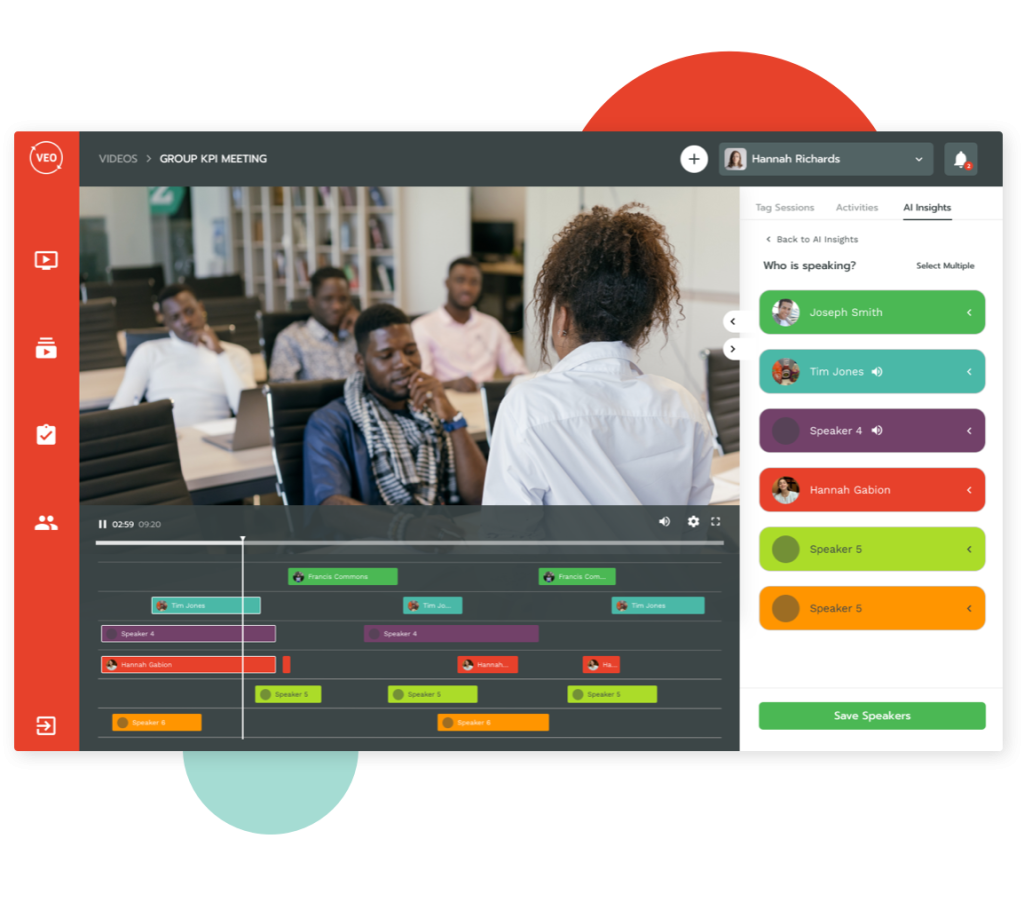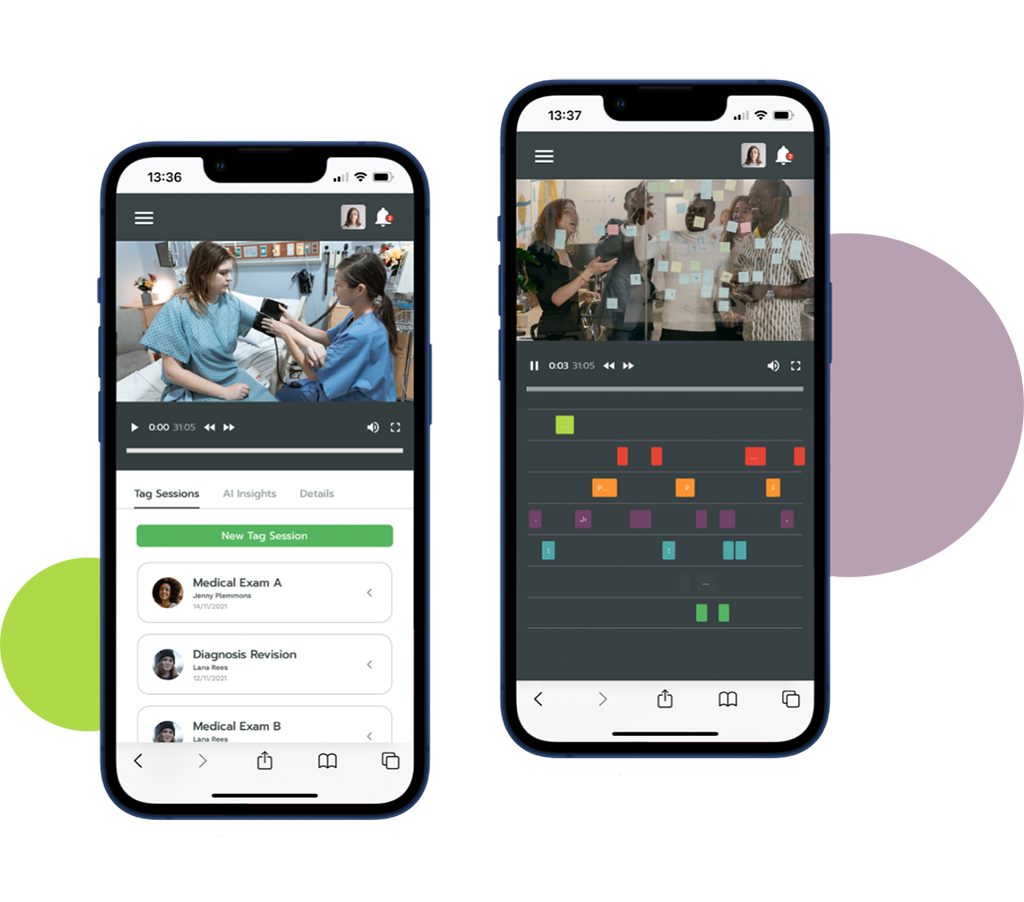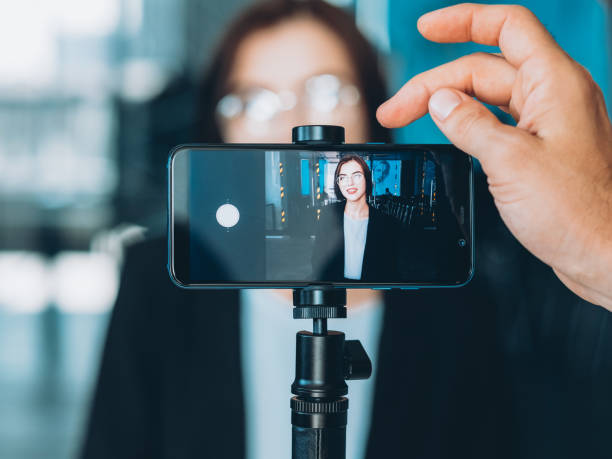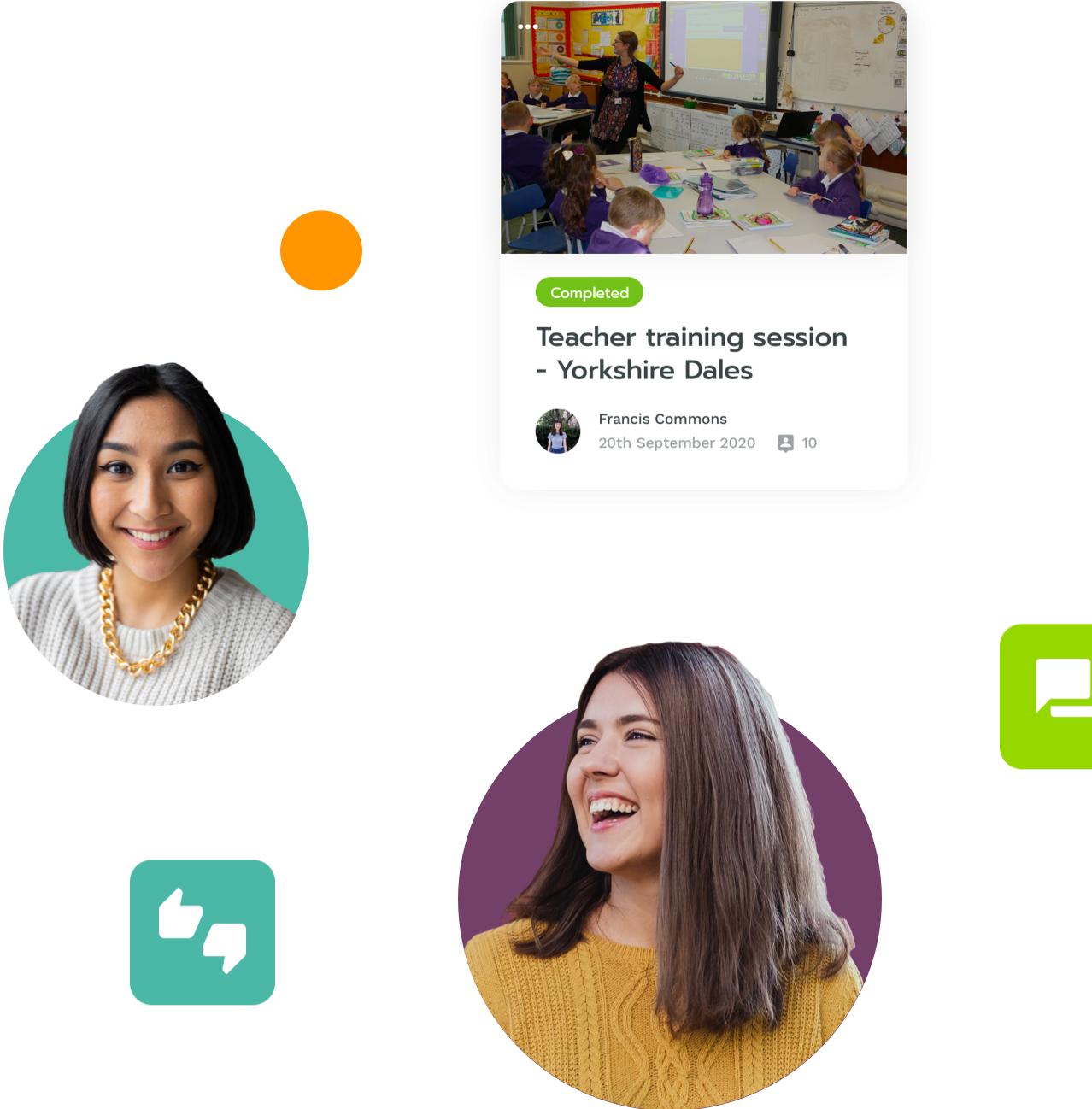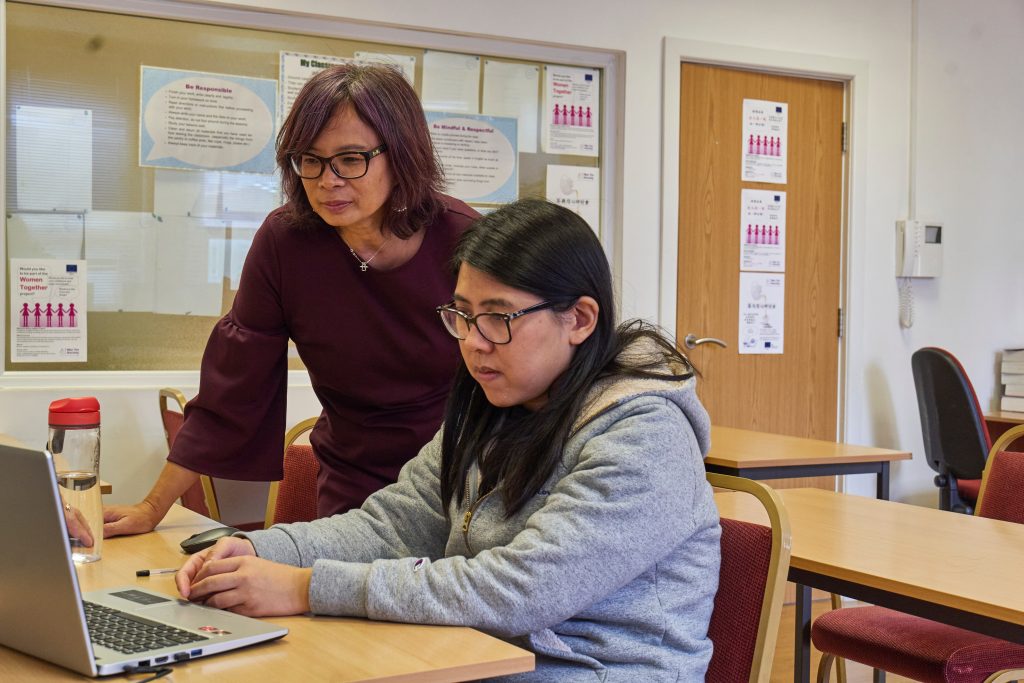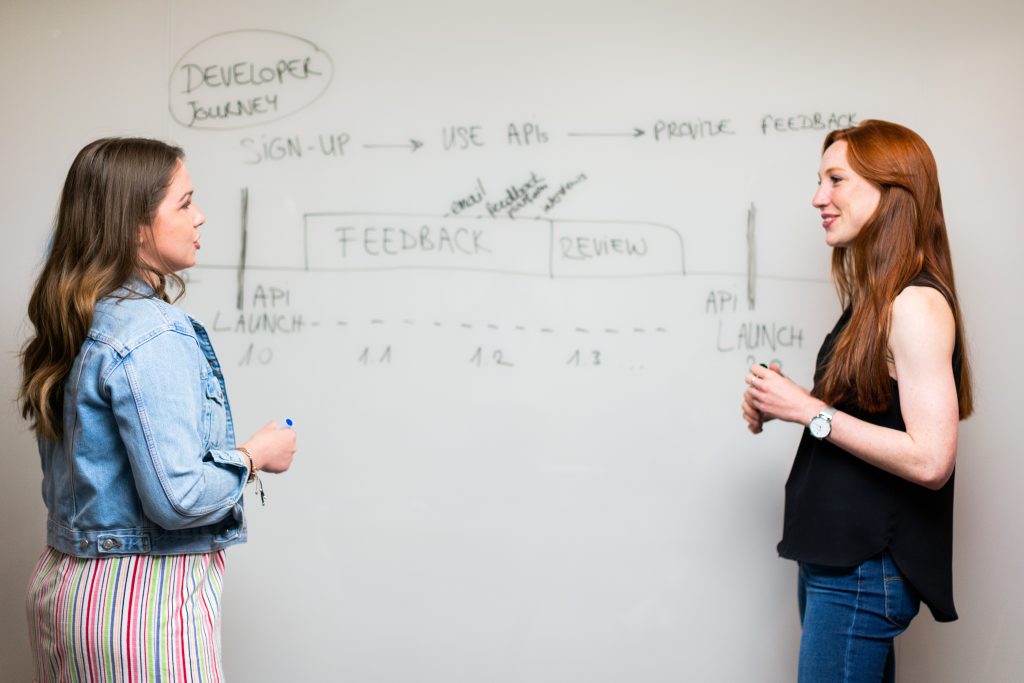The most common form of feedback given is usually written, or ‘red pen’ feedback. However, this approach has been the recipient of much debate in recent years, with many arguing against its value. With the red pen rapidly falling out of fashion, tech has given way to newer, more efficient methods. Video-based feedback has been on the rise over the last decade or-so, with numerous studies looking into its applicability, usefulness, and effectiveness.
If you’re wondering what video-based feedback is… it’s exactly what it sounds like, feedback that is given with the help of video aids. In the classroom, video feedback is mostly used for grading practical, vocational or skills-based assessments. In these cases, an activity would be recorded by the teacher, reviewed, and presented to the learner alongside notes and verbal feedback.
Video feedback is by no means a new invention, with evidence of the practice dating back to as early as 1963, when Dr Dwight Allen paired video and educational feedback at Stanford. However, with developments in ed-tech and the improvement of mobile video technology, the practice has risen in popularity in recent years.
Now, video enhanced observation and feedback is used in applications and industries all across the world. But what real effect does video feedback provide, and why are so many Universities, trainers and colleges adopting it as a teaching and training tool?
Improves Comprehension
When compared to red pen feedback, video feedback carries a great deal more information for learners to pick up on. Written feedback is often abrupt and ambiguous, leading to confusion in the learner.
In video feedback, however, being able to watch a video back of their performance makes it instantly easier for someone to understand what they can do to improve, or what they did well. According to a 2015 study in the Australasian Journal of Educational Technology, students who received Video Feedback reported a significantly higher level of understanding and motivation.
Increases motivation
‘Red pen’ feedback may actually be counterproductive when trying to motivate learners to improve. The short form medium of written feedback often opens comments up to misinterpretation and confusion. Furthermore, as it generally uses negative reinforcement to correct errors it can be disheartening and demotivating for students.
However, when students are presented with clear video feedback, they get a better understanding of the feedback that they receive, and what it is referring to. The more personal and detailed feedback is, the easier it is for students to relate to. This motivates students to keep doing well/improve in these skill areas the next time they are performing, and they will be able to see this progress in the next recording.
Saves time
On average, it is much quicker to grade a student’s vocational assessment through video than it is to create a written report. With growing cohort sizes putting more time pressures on teaching staff, this is vital for providing a high-quality learning experience for all students.
Video feedback makes it a quicker process for the student too. Instead of waiting to talk through feedback with the trainer or lecturer, students able to view the video feedback as soon as it’s ready. They can then have a conversation to talk through the feedback, and replay the feedback as often as they need, avoiding the need for repeated clarification.
How Can VEO Help?
VEO tools allow students to generate videos of relevant learning activities, such as:
- Second language speaking
- Presentation skills
- Clinical Simulation
- Teaching Practice
- Meeting or soft skills for business
And many more…
These videos can then be annotated by teachers with pre-defined tags to mark key points and review crucial moments. Providing high quality, quick and convenient feedback. Or students can self-reflect or work with peers to analyse their performance. Tagging key moments helps crystallise these as learning points, generating valuable insight for the learner.
By using VEO, students can access valuable video evidence rather than solely written feedback on performance, boosting the individual’s opportunity for growth. This results in powerful collaborative practical learning and assessment.
